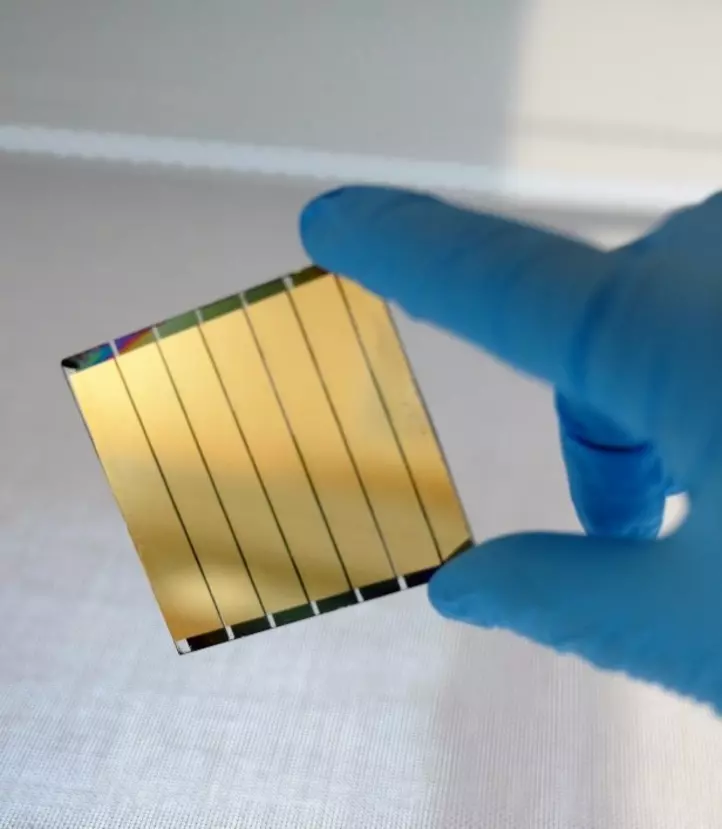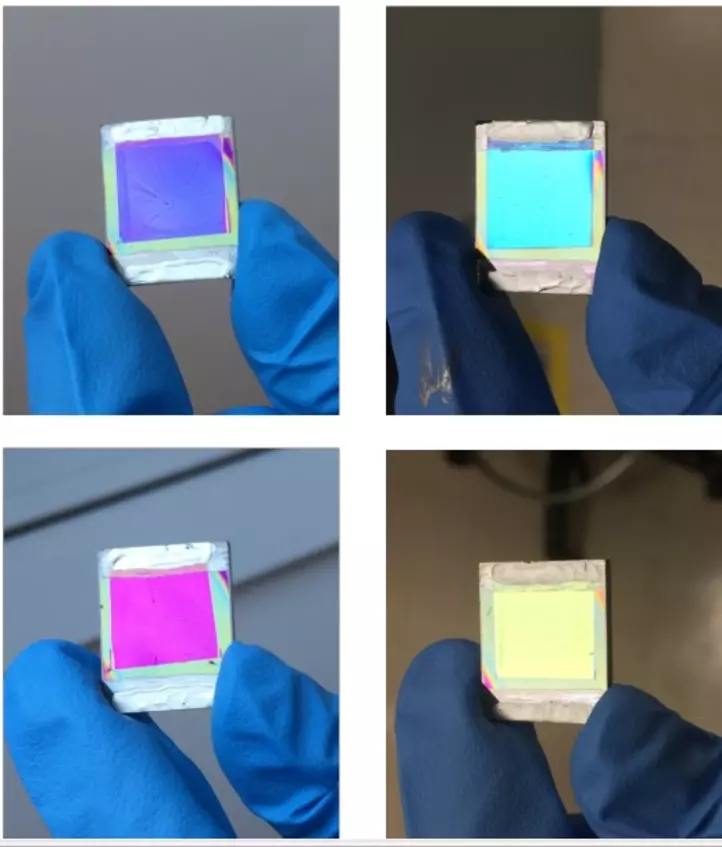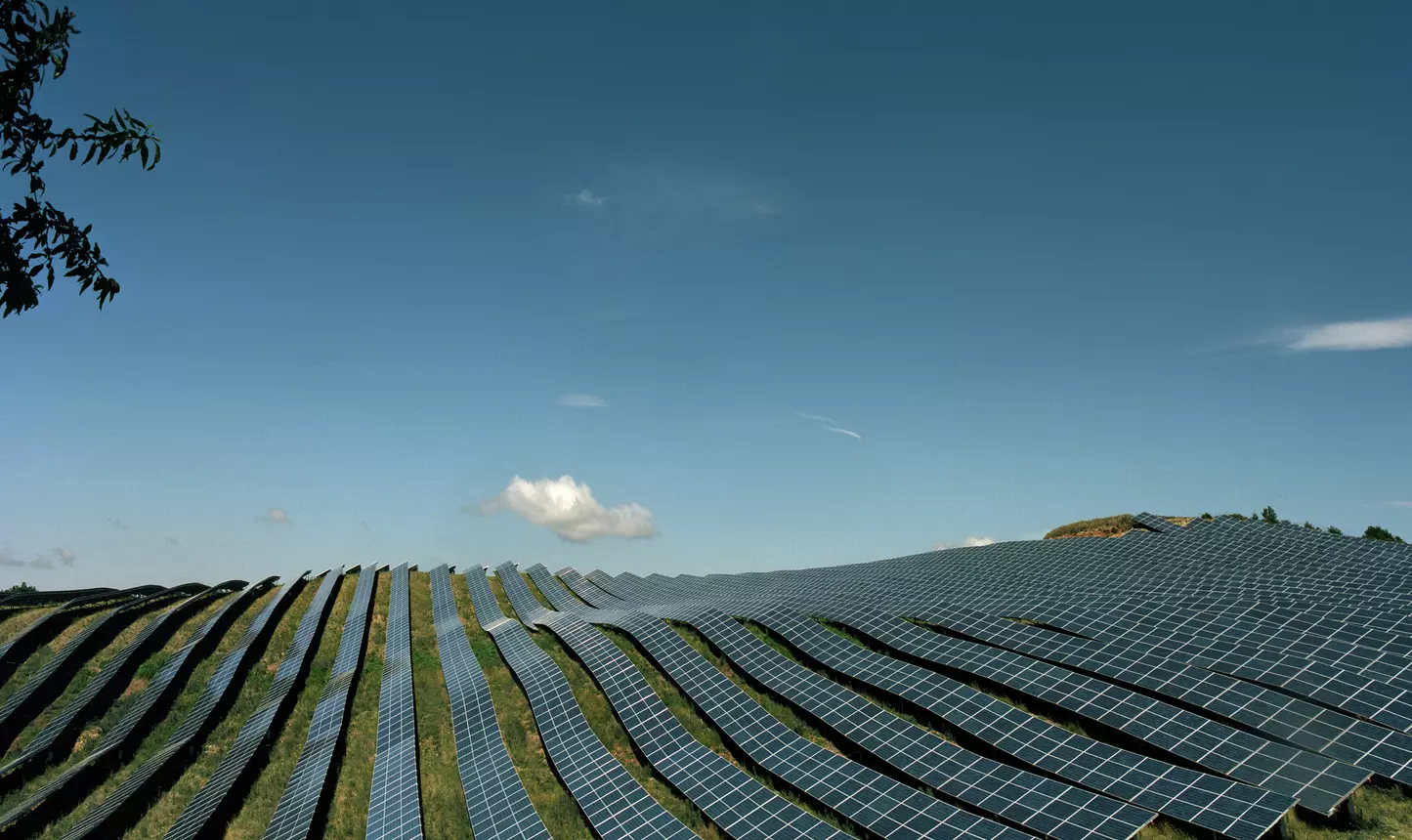The solar cells of the future will be thin, flexible, light, coloured and can be printed and applied to windows, backpacks, bags and curtains. A technology that is still being researched and that also has something to do with Italy. That is, the research team working on it, including Annalisa Bruno (in the picture below, En) associate professor at Nanyang Technological University in Singapore and researcher at ENEA, the Italian National Agency for New Technologies, Energy and Sustainable Economic Development.

Professor Bruno, what are the characteristics of the innovative solar cells you and your team are working on?
“Our state-of-the-art solar cells are based on perovskites, a fascinating class of semiconductor materials. With their exceptional optoelectronic qualities, i.e. light absorption and transport of electrical charges, they are at the heart of our efforts to develop cutting-edge photovoltaic technologies, which are still at an advanced research stage. Solar cells using perovskites are characterised by a thin, light and flexible profile, making them adaptable to various surfaces, both rigid and flexible. Being so thin, they can also be semi-transparent, opening up the possibility of integration into windows and various architectural elements.”
What are the main differences compared to silicon cells?
“Silicon-based solar cells are an excellent, robust product known for its reliable efficiency and durability. On the other hand, perovskite cells, while maintaining similar energy production efficiency, can be thinner than a human hair, lightweight, flexible and adaptable to a wide range of previously inaccessible surfaces, such as cars, windows, bags and small everyday accessories. This versatility represents a real breakthrough in the approach to collecting solar energy and subsequently converting it into electricity. The sun reaches and irradiates all surrounding surfaces. It is therefore crucial to exploit every opportunity to maximise the collection of solar energy in the surfaces around us. This new approach significantly increases sustainability.
Furthermore, our solar cells also differ from conventional silicon cells in the versatility of the production process, which requires lower temperatures. By using lower temperatures, the carbon footprint (CO₂ footprint) along the entire manufacturing cycle can be considerably reduced, further contributing to efforts to decrease the overall environmental impact.” (article continues below the picture, En)

What power and durability will these new solar cells have?
“Our perovskite cells offer a level of conversion efficiency comparable to that of silicon-based cells. In laboratory tests, smaller solar cells showed comparable durability. This latter aspect of the technology is still being intensively studied under different conditions and for different cell sizes. The goal is to create technologies that can guarantee long-term performance on an industrial scale and revolutionise the approach to energy sustainability.”
In what areas of application will this new discovery be used?
“In addition to traditional installations, perovskites lend themselves to a variety of innovative applications. For example, integration on cars, bags and windows opens up unimaginable scenarios. Another unique feature of these materials is their ability to not only excel in absorbing light, but also in emitting it. This makes it possible to realise electronic devices that can simultaneously function as solar cells and modern LED systems. One could imagine windows that during the day act as light absorbers and solar cells and then turn on at night just like a light bulb.
In addition, perovskite-based solar cells are efficient absorbers even under low intensity ‘indoor’ artificial lighting conditions. This further broadens the application possibilities, allowing these cells to be used in indoor environments, such as offices and homes, to maximise light energy harvesting even in non-natural lighting conditions.”
Can you explain, providing examples, if possible, how these cells will change our lives? What impact will they have on smart cities?
“The introduction of perovskite-based electronic devices could radically transform everyday life. The flexibility and ability to be integrated with various surfaces will allow a wider dissemination of sustainable energy solutions, offering the possibility of dual-function electronic systems due to their versatility. Their integration into sensor systems will allow a wide range of control. In particular, in smart cities, these technologies could form the basis of smart devices for sensing and interconnecting various systems, including efficient lighting and integrated solutions for advanced energy management.”
When will we see them on the market?
“We are working hard to make these technologies accessible as soon as possible. The precise timing for their market debut will depend on the engineering phase, large-scale performance validation and regulatory aspects. We are dedicated to providing state-of-the-art solutions quickly and expect to see the first commercial examples on the market in the next 2 to 3 years.”

